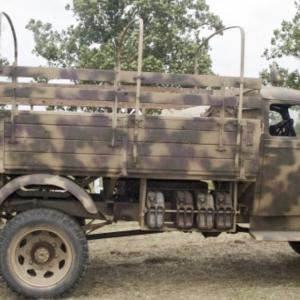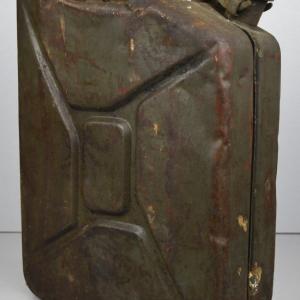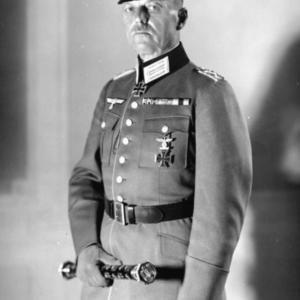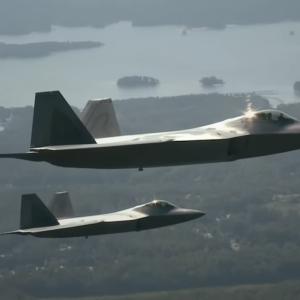
Shin Gunto
The shin guntō, meaning "new military sword," was the standard issue weapon carried by officers of the Imperial Japanese Army from the 1930s through the end of World War II. It represented a significant departure from traditional Japanese swords in both manufacture and symbolic purpose. Designed to resemble the katana, the iconic samurai sword, the shin guntō was a product of militarization and nationalism during Japan's rise as an imperial power. While it paid homage to Japan's feudal warrior past, its construction and use were deeply rooted in the mass-production needs and ideological motivations of a modern wartime state.
The origins of the shin guntō can be traced to the early 1930s, a period when Japan was preparing for large-scale military engagements in China and later the Pacific. The Meiji Restoration had already done away with the samurai class, and swords were no longer a common sight in public life. However, the Japanese government sought to evoke samurai ideals to foster military pride and loyalty. The shin guntō was introduced in 1934 to replace the western-style sabers previously issued to officers. Unlike the traditional handmade katana, which was forged by skilled artisans over weeks or months, the shin guntō was designed for mass production. These swords had many variations based on the rank of the officer, the materials available, and the time period in which they were made.
Initially, some shin guntō were crafted by experienced swordsmiths using traditional methods and high-quality tamahagane steel, which allowed them to function well in actual combat. These early swords, often referred to as Type 94, included features such as a ray-skin handle wrap, decorative tsuba (hand guard), and a wooden scabbard covered in lacquer. By the late 1930s and especially during the peak of the war, however, many shin guntō were made using simplified methods. These later variants, such as the Type 98 and Type 3, were often made from machine-stamped steel with little regard for traditional craftsmanship. As the war intensified and materials grew scarce, some even used aluminum or painted scabbards and had parts riveted instead of being hand-fitted.
The manufacture of shin guntō was overseen by military arsenals and licensed civilian swordsmiths, some of whom were part of organizations like the Nihonto Tanren Kai, which was established in the 1930s to produce swords for the army. Swordsmiths were required to register and meet military guidelines, and their blades were typically marked with arsenal stamps to indicate government inspection. While a small number of high-quality swords were still made for ranking officers and elite units, the majority of shin guntō were produced to meet the sheer demand of an expanding military.
Officers of various ranks carried shin guntō, and the design could differ depending on the rank and branch of service. Commissioned officers in the army and navy were typically issued these swords as part of their uniform. A distinction in the color and style of the tassel attached to the hilt often indicated rank: brown and blue for company-grade officers, gold and brown for field-grade officers, and gold for general officers. Non-commissioned officers had their own version, commonly made with lower-grade materials and more standardized production methods, but these were still styled to resemble traditional swords.
On the battlefield, the shin guntō served both practical and symbolic roles. While firearms had long eclipsed swords in modern combat, the shin guntō was occasionally used in close-quarters fighting and in banzai charges. More often, it was a mark of authority and command. However, the most infamous use of the shin guntō came in the form of executions and ceremonial killings. Numerous reports and photographs from the war document the use of these swords in beheadings, especially during the occupation of China. Officers, in line with the Bushidō-influenced military code, were known to carry out executions of prisoners of war and civilians, often as acts of intimidation or punishment. The *blocked text* of Nanking is one of the most notorious examples, where Japanese officers reportedly competed in killing contests using their swords.
In addition to battlefield uses and atrocities, the shin guntō also had ceremonial significance. Officers were often buried with their swords or surrendered them at the end of the war, and many surviving swords were brought back to the United States by Allied troops as war trophies. Today, collectors and historians study these swords not only as military artifacts but as cultural symbols of a period marked by extreme nationalism, brutality, and the lasting legacy of World War II. Though designed to evoke the spirit of the samurai, the shin guntō came to embody the darker aspects of modern warfare and imperial ideology.










